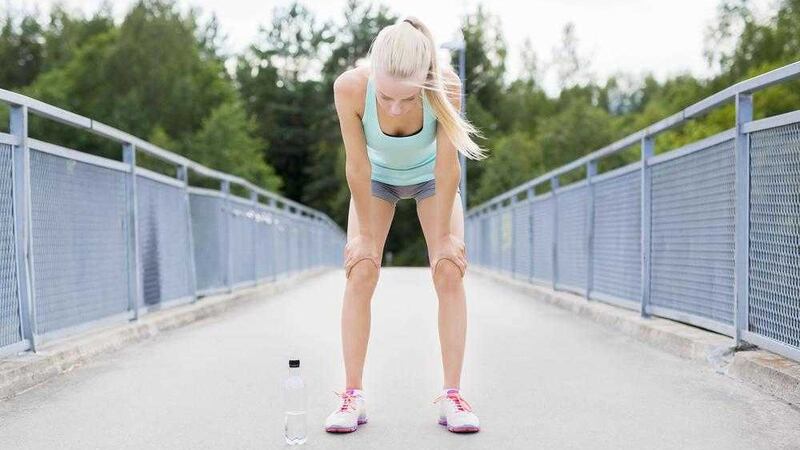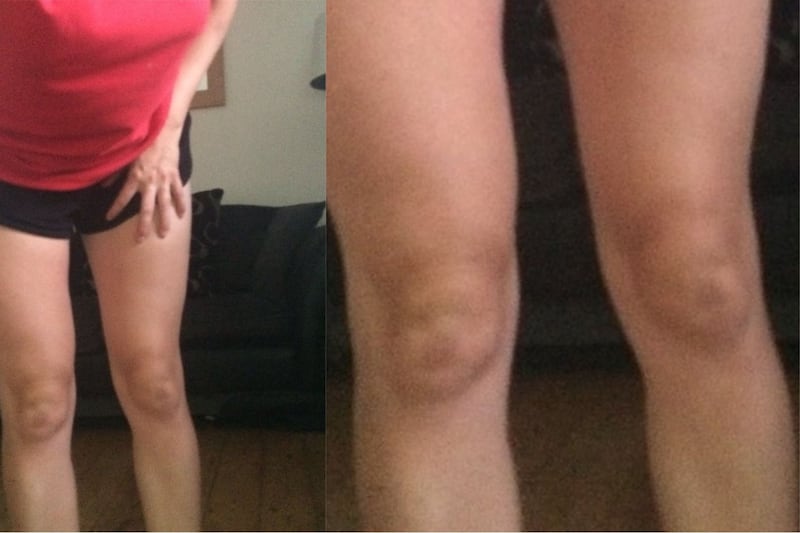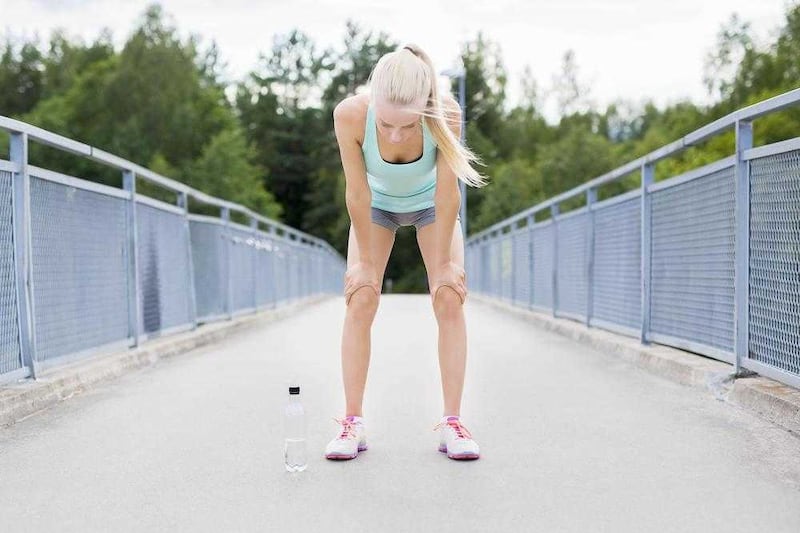AS BAZ Luhrmann told us in his 1999 song, Sunscreen: "Be kind to your knees, you'll miss them when they're gone."
Some two million people around the world have surgery called knee arthoscopy every year to heal meniscal tears, damage to the crescent-shaped cartilage that cushions the knee joint.
But, according to researchers in Norway, exercise might be just as good at healing these injuries as surgery. They looked at 140 people whose average age was 50, one half of whom had arthroscopic surgery for degenerative meniscal tears and half who had exercise sessions for three months, followed by simple daily exercises at home.
After two years, the research team, led by Nina Jullum Kise, an orthopedic surgeon at Martina Hansens Hospital, found that knee-related quality of life for both groups was the same – and concluded that exercise therapy be given to middle-aged people suffering with meniscal tears.
Steven Berkman, chartered physiotherapist and director of Boost Physio (Boostphysio.com), supports the findings and says: "On a daily basis our team work with several patients who have knee problems, who are trying to avoid knee surgery.
"Over the last 10 years, I have noticed the trend that knee surgeons here in London are more frequently referring patients with degenerative meniscal tears for physiotherapy exercise therapy, rather than surgery, in the first instance."
THE EXPERT VIEW
Berkman says accurate diagnosis is key to knowing exactly what type of knee problem a physiotherapist is dealing with.
"Certain meniscal tears can block the normal movement of the knee joint and can cause further damage to the knee joint if not dealt with properly.
"Some of these cases will require surgery to prevent further damage or future deterioration of the knee joint. But the vast majority of our patients want to avoid surgery if they can get as good an outcome, or better through exercise.
"Knee pain or injury causes the knee muscles to switch off from working fully, these muscles should be supporting and protecting the knee joint. When these muscles stop doing their job properly the knee joint and menisci take even more pressure and stress.
"Getting the muscles surrounding the knee joint switched back on and firing correctly is key to successful recovery, as is regaining full flexibility in the knee joint and muscles."
THREE EXERCISES FOR YOUR KNEES
Berkman recommends doing the following exercises if you have knee problems and says: "These exercises should be comfortable, if not seek guidance from a physiotherapist."
1) Cycling
In the early phase of rehabilitation, cycling is an excellent exercise as it strengthens the quadriceps and hamstring muscles that support the knee joint, without placing too much pressure on the load-bearing surface of the cartilage that's been torn. Cycling is excellent with helping to improve flexibility in the knee joint.
2) Inner range quadriceps
Sitting on the side of the bed with the affected leg straight out along the bed, make the knee as straight as possible, pushing the back of the knee down into the bed – you should be able to raise your heel of your foot off the bed while keeping the back of your knee down on the bed. Hold for five seconds, 20 times. Repeat as above, with the addition of turning your foot and knee outwards slightly so as to engage the Vastus Medialis (part of the quadricep muscle of the thigh).
3) Sit to Stand
Sitting on a chair with knees and hips aligned, squeeze a small ball between the knees with about 50 per cent of your maximum power, to engage the muscles on the inside of the knees and thighs. Maintaining the squeeze, come to a standing position in a controlled manner, sharing weight equally between the painful knee and the unaffected knee. Maintaining the squeeze on the ball between the knees, slowly sit back down. Do two sets of 10.





